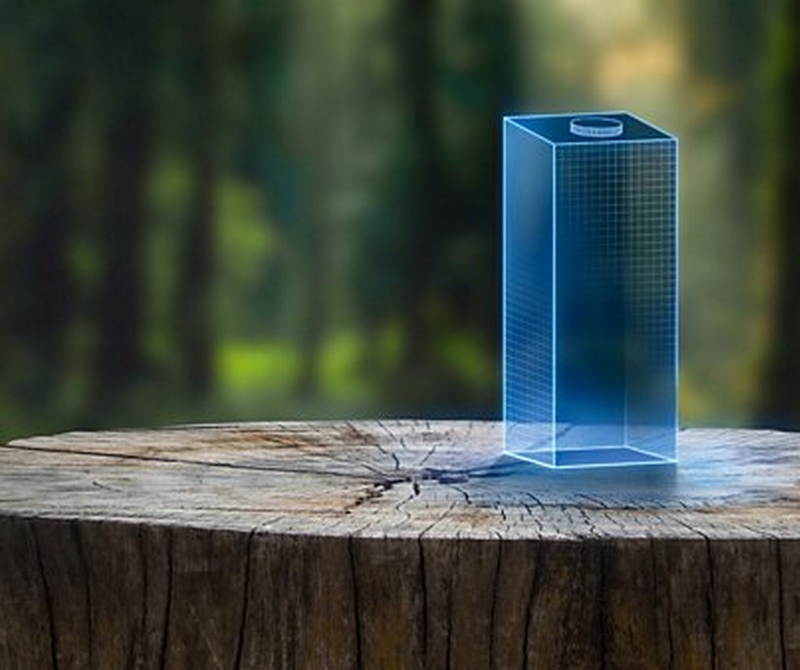Danilo Zorzan
I have been discussing for some time how, in Brazil and in the world, sustainability is gaining more and more space as a consumption criterion – which invariably leads to a response from the industry, which tends to adapt, over time (since it is a long process, which does not happen overnight), all stages of the production chain to reflect this consumer demand. The exercise of sustainability, naturally, falls with greater responsibility on the industries, but to a lesser extent it also crosses consumption habits and choices at the individual level, and almost everything that concerns it can be thought of in these two keys.
(Watch the interview at IoP Journal Channel, on Youtube)
The element that I want to highlight here, due to its relevance and tendency to appear in most common conversations about sustainability in different industries, including food and beverage, is packaging, which can be thought of both on an individual level – who recycles or not. who recycles, who reuses, who gives preference to foods sold in smaller packages or even without packages, who disposes of them improperly, etc. – as an industrial – what materials are used in packaging, how is its production process, if there is a preference for recyclable materials, the degree of involvement of industries in recycling chains and, broadly, what the industry is doing to make its packaging more sustainable.

We have wrapped this complex set of initiatives towards more sustainable packaging in the concept of “positive packaging” or “positive packaging”: a strategic look that seeks to understand how packaging helps to build a sustainable consumption chain and that goes through concepts such as ecodesign, disposal suitable, recyclability and many other factors.
Several innovations have been implemented in this sense, with emphasis on the replacement of packaging materials with more sustainable alternatives: plastic for paper, use of partially or completely recycled and returnable materials, and so on. These initiatives are undoubtedly linked to consumer expectations: according to the recent Sustainable Packaging Consumer Research 2021 survey, carried out by Tetra Pak, around 40% of consumers mentioned having more motivation to perform packaging separation to recycling if they are made entirely of paper and have no plastic or aluminum.

In this vein, manufacturers of carton packs have been testing the use of barriers based on fibers or polymers instead of aluminum, to increase the renewable content of the packs and neutralize the carbon footprint in the manufacturing process. The first results have been promising, suggesting a substantial reduction in CO2 emissions without compromising food quality or shelf life. Another differential is the increased interest by paper mills in packaging with a higher content of this material, which strengthens the low carbon circular economy ecosystem.
The fact is that, as an industry, we need to build a journey that prioritizes sustainability, and from an apparently simple item, such as packaging, we are able to think and design a profound collaborative transformational innovation, which involves the industry itself, startups, universities, companies technology and even public institutions. In this way, we will not only meet a demand on the planet, but also the expectations of consumers who are increasingly critical of the products they choose from the shelves.
Danilo Zorzan is Marketing Director at Tetra Pak Brasil



















